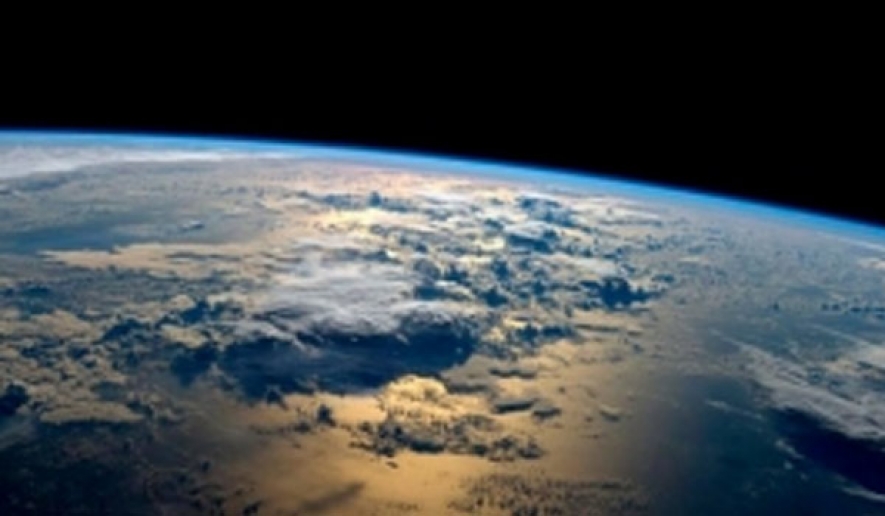The three orbit an ultracool dwarf star a mere 39 light years away, and are likely comparable in size and temperature to Earth and Venus, they reported in a study, published in Nature.
This is the first opportunity to find chemical traces of life outside our solar system, said lead author Michael Gillon, an astrophysicist at the University of Liege in Belgium.
All three planets had the winning combination of being similar in size to Earth, potentially habitable and close enough so their atmospheres can be analyzed with current technology, he told AFP.
The find opens up a whole new hunting ground for habitable planets, he added.
Gillon and colleagues calibrated a 60-centimetre telescope in Chile, known as TRAPPIST, to track several dozen dwarf stars neither big nor hot enough to be visible with optical telescopes, AFP says.
They zeroed in on a particularly promising one -- now known as TRAPPIST-1 -- about one eighth the size of the Sun, and significantly cooler.
Observing it for months, the astronomers noticed that its infrared signal faded slightly at regular intervals, evidence of objects in orbit.
Further analysis confirmed they were exoplanets -- planets revolving around stars outside our solar system.
The innermost two circle their dwarf star every 1.5 and 2.4 days, though they are hit with only four and two times the amount of heat-generating radiation that Earth receives from the Sun.
The more distant orbit of the third planet takes between four and 73 days, according to the study.
So far, the existence of such 'red worlds orbiting ultra-cool dwarf stars was purely theoretical, but now we have not just one lonely planet but three, said co-author Emmanuel Jehin, also from the University of Liege.
He called the discovery a paradigm shift in the search for life elsewhere in the universe.
Given their size and proximity to their low-intensity star, all three planets may have regions at temperatures within a range suitable for sustaining liquid water and life, the study concluded.
AFP



















